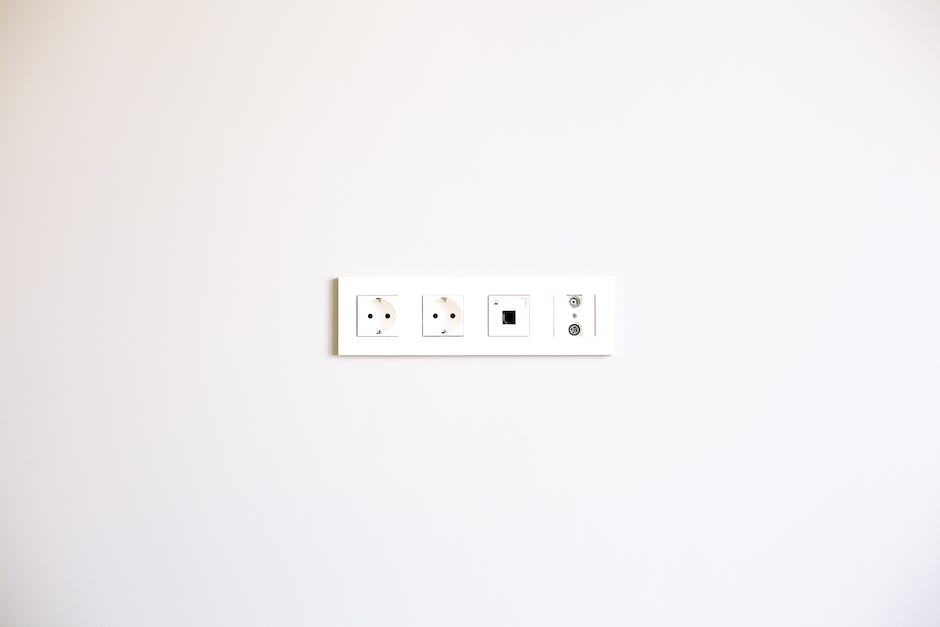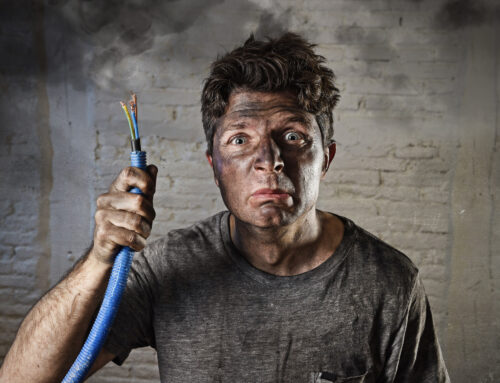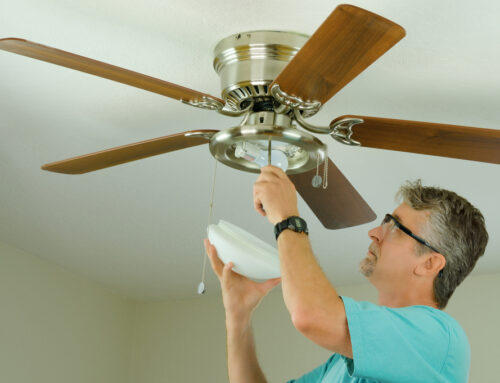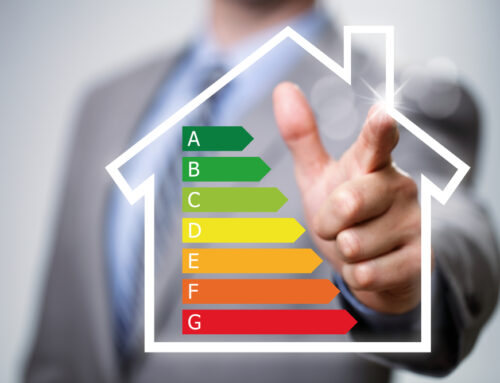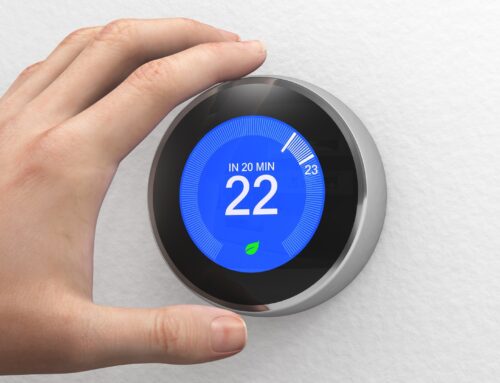An estimated 30,000 non-fatal shock incidents occur in the U.S. yearly. Moreover, electrical injuries are behind approximately 5% of U.S. burn unit admissions.
That’s enough reason to ensure your home’s ground fault circuit interrupters (GFCI) work. After all, one of the top benefits of GFCI outlets is they can help prevent 47% of current electrocutions.
For the same reason, it’s vital to know what to do whenever you notice a GFCI outlet won’t reset.
This guide discusses the steps you should take, so keep reading.
Determine if Only One GFCI Outlet Won’t Reset
If you have a non-resetting GFCI outlet, try plugging a device into another outlet in the same room. Likewise, try connecting multiple appliances to the problematic GFCI outlet. All that can help determine if the problem is with the outlet itself or your electronics.
If the other electronics work, then it’s not the GFCI that has a problem; it’s the appliance that doesn’t work. However, if all the devices you plugged in don’t run, you likely have GFCI outlet problems.
Also, note that several wall outlets may connect to the same circuit that a GFCI outlet does. So if that particular GFCI outlet fails, the other outlets may also stop working.
Test for Overloading
Overloaded circuits are among the most common electrical problems that can affect GFCIs. When that happens, you may experience frequent GFCI outlet tripping. And as long as there’s a current overload, a tripped GFCI outlet may not reset.
Thus, you’d want to test for potential overloading if you have a non-resetting GFCI. Start by unplugging all devices running in the same circuit as the GFCI. After that, press the GFCI’s reset button, which has a red label in most outlets.
If you hear a click after pressing the cotton, plug in one of your electronics. Then, test if it’s working. If it is, continue plugging in other devices (one by one) to see if they will work without the GFCI tripping.
If the GFCI outlet trips again, it’s likely due to overloading caused by plugging in too many devices. In that case, one of your options is to limit the number of electronics you connect to the same circuit. Alternatively, invest in electrical upgrades like outlet additions and a higher capacity panel.
Check for a Tripped Breaker
A GFCI outlet won’t reset, much less work if the circuit breaker it connects to has tripped. In such cases, though, everything else running on the tripped breaker, aside from the GFCI, won’t run.
So if you have GFCIs, lights, and plugged-in devices that won’t turn on, you may have a tripped circuit breaker.
To check, go to your main electrical panel and look for switches in the OFF position. Sliding them back to the ON position should make the power return. Then, try resetting the GFCI outlet; it should work after that.
If your circuit breakers continue to trip, it could be a sign of overloading or a short circuit. Hire a licensed electrician as both issues can be dangerous to deal with DIY methods.
Never Ignore Non-Resetting GFCI Outlets
And there you have it, your guide on what to do if you notice a GFCI outlet won’t reset. Please don’t ignore the issue; troubleshoot and address it ASAP. Otherwise, you’re at risk of shocks or even a home electrical fire due to faulty outlets.
Do your GFCI outlets still fail to reset or work after doing the steps above? If so, our team here at White Electric can help. Call us now so we can address your electrical woes ASAP!

